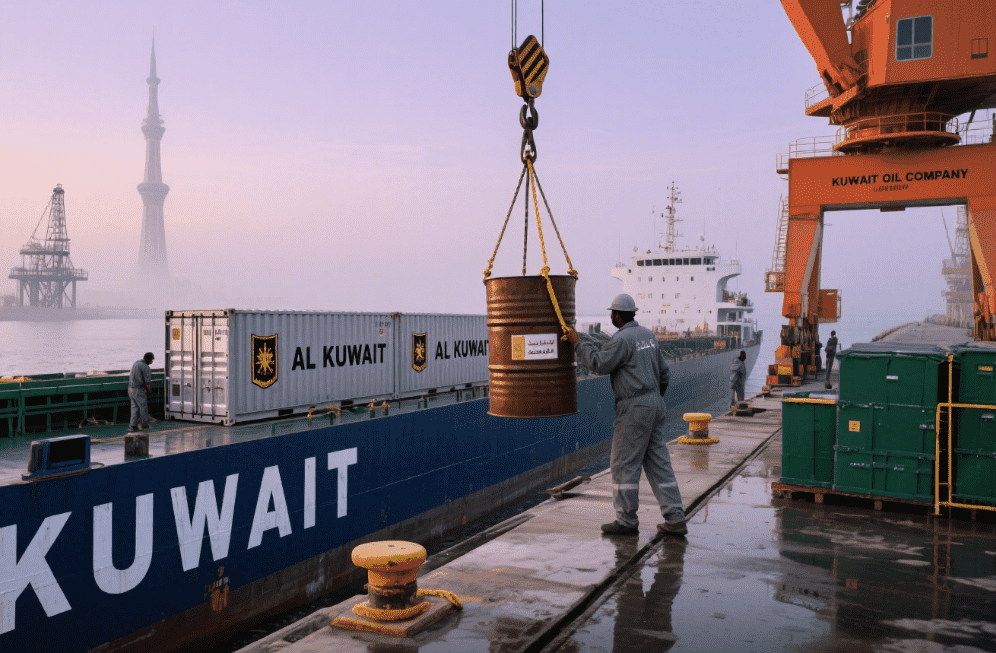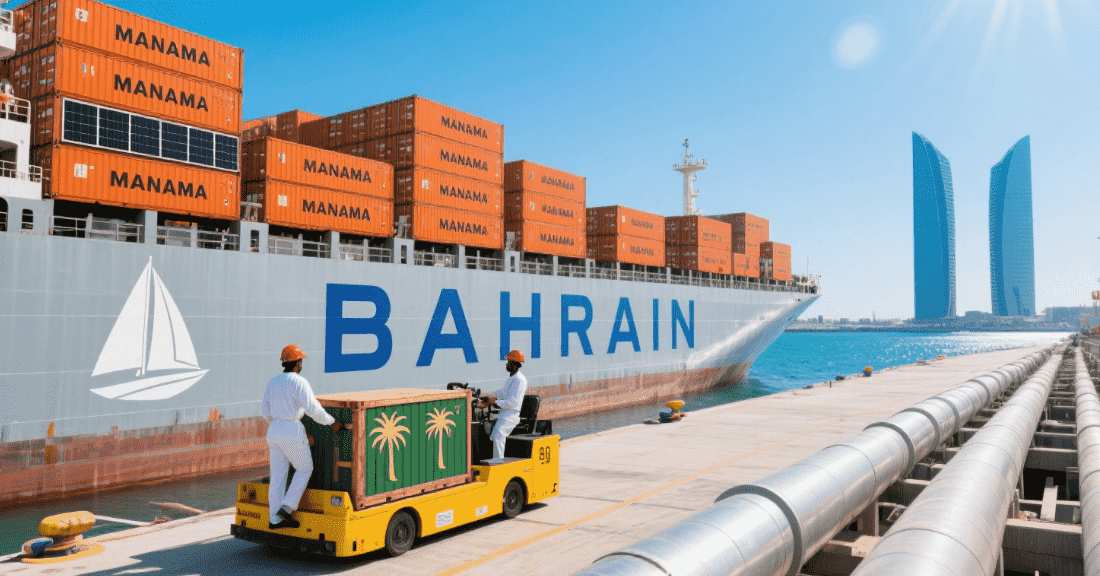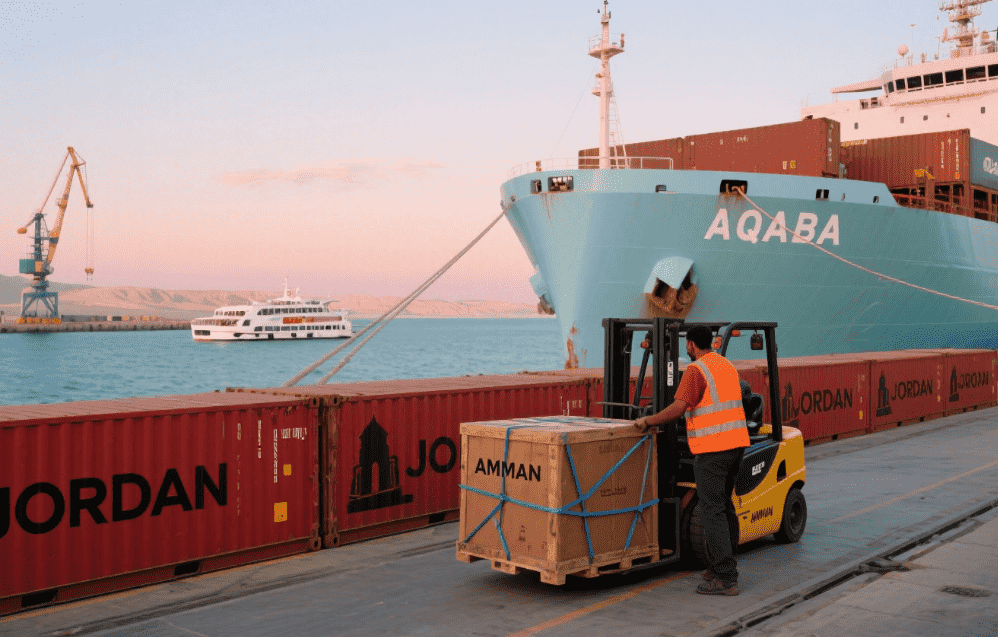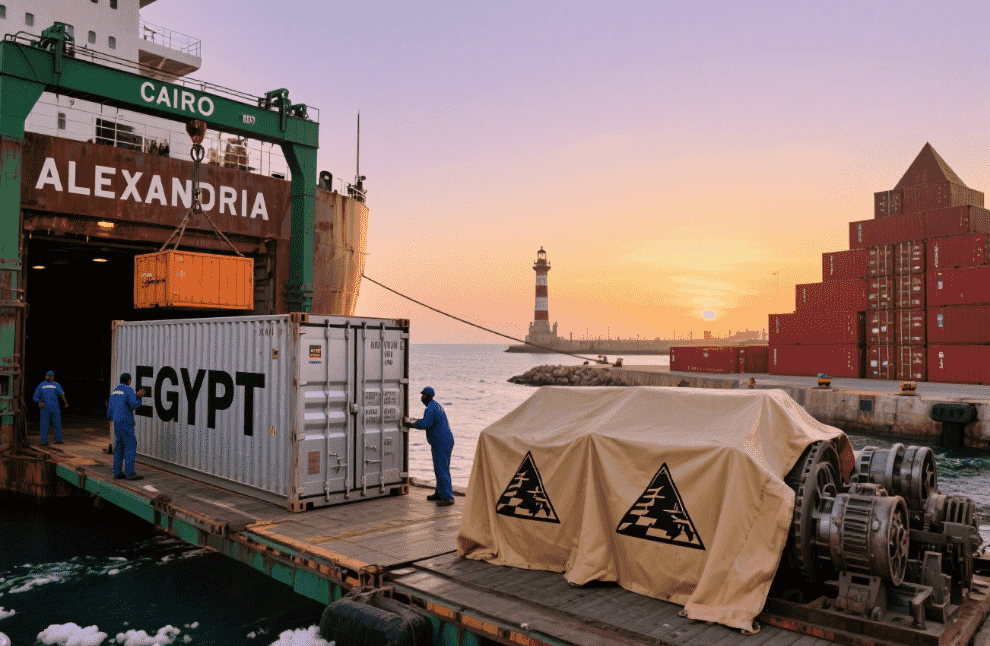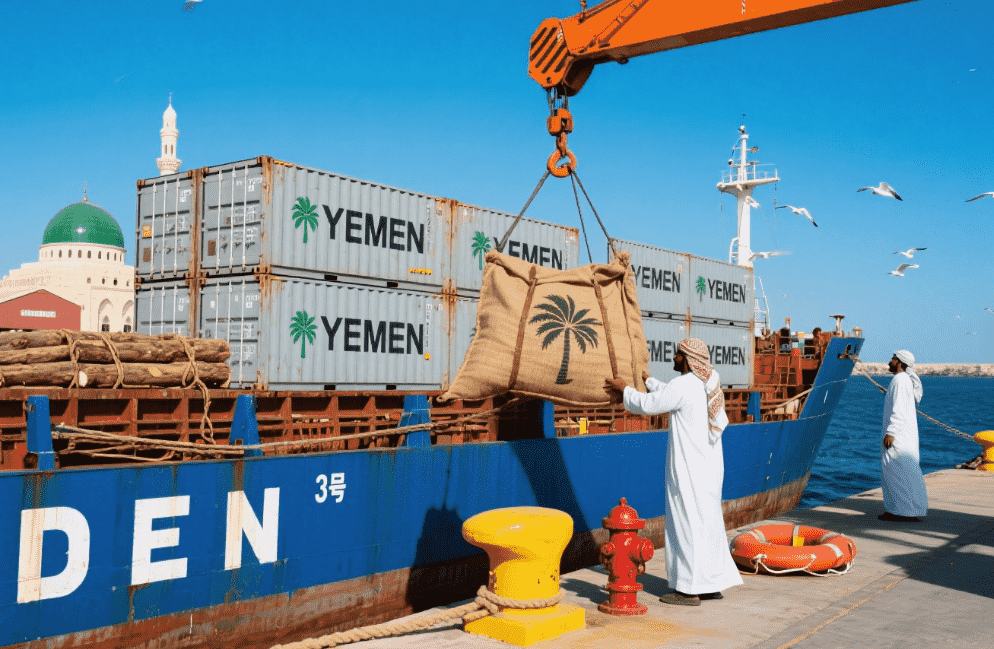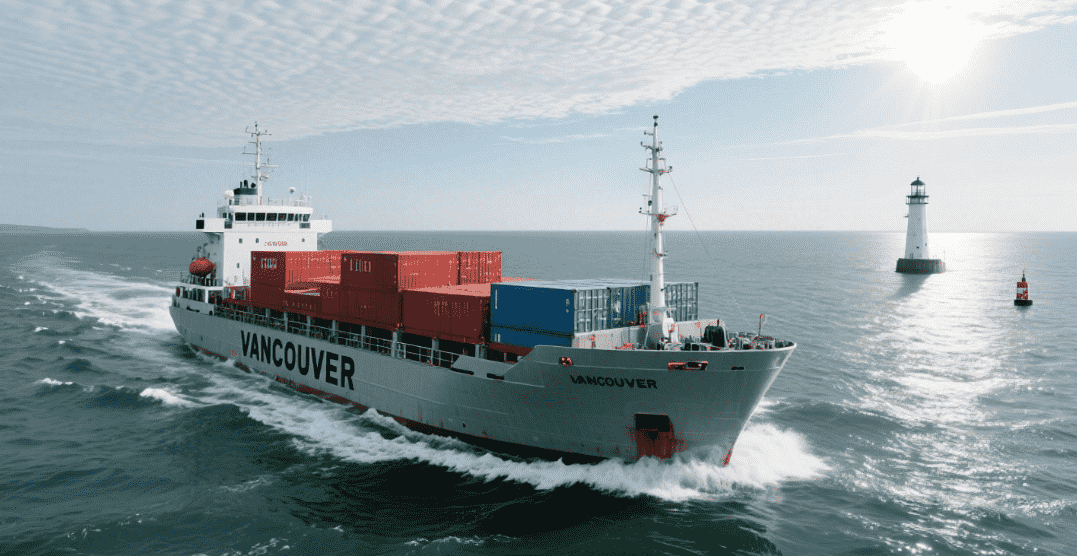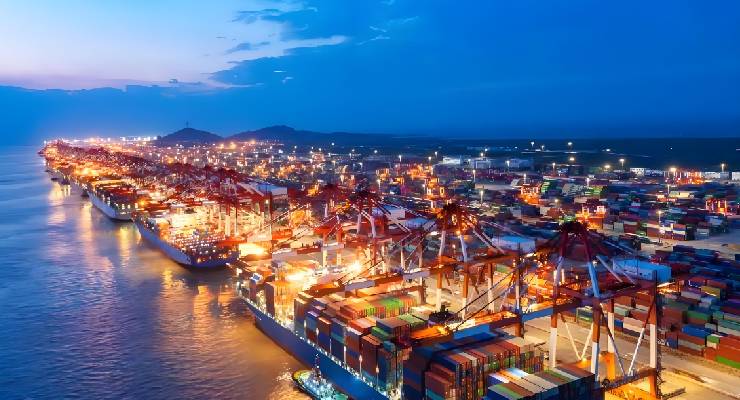
As one of the busiest ports in the world, Hong Kong has a unique geographical location, advanced infrastructure and rich shipping history, attracting shipping and logistics companies from all over the world.
Hong Kong port has always been one of the top ten container ports in the world. The port was once under British rule and has a long history. How did it become one of the largest seaports? What are its advantages? Why choose Hong Kong as your shipping hub?
Hong Kong Port Profile
The Port of Hong Kong is located in the southern tip of China, east of the Pearl River Estuary, between Hong Kong Island and the Kowloon Peninsula, and is one of the busiest and most efficient international container ports in the world.
Hong Kong Harbor has 15 port areas, of which Victoria Harbor is the largest and best, providing a convenient and safe berth for large ocean-going cargo ships.
Hong Kong Port Port Authority: Hong Kong Marine Department
Hong Kong Port - Port facilities
Kwai Tsing Container Terminal
Terminal 9
Berth 224
Quaybridge 96
Dock length (m) 7,794
Area (ha) 279
Terminal Operator 5
Inland wharf
Terminal 1
Berth 49
Quaybridge 19
Dock length (m) 3,000
Area (ha) 65
Mooring buoy
Government owned "A" grade 11; "B" level 4 rooms
Privately owned 1,967
Anchorage ground
The 24th
Area (ha) 4,326
History of Hong Kong port
The history of Hong Kong port can be traced back to the 19th century, is an important trading port established during the British colonial period, since the opening of the port in 1841, Hong Kong has gradually developed into a trade and shipping center in East Asia.
Colonial period
With its free port policy and strategic location, Hong Kong has attracted a large number of international shipping and trade activities.
Modern development
Since the reunification, Hong Kong has continued to maintain its status as a free port, constantly upgrading port facilities and improving logistics services.
Hong Kong Port (HK KCO) is the third largest container port in the Pearl River Delta metropolitan area and is a natural deep-water port. In 2004, the Port of Hong Kong ranked first in the world in container throughput, and in the following years, its position was overtaken by Singapore, Shanghai, Guangzhou, Los Angeles and other ports, and its container throughput fell from nearly 24.5 million TEU (2008) to 16.5 million TEU (2022).
In 2021, there will be an average of 170 ships per day. This is not a high number, as the number in 2016 was three times that. Most of the vessels arriving at Hong Kong's port are cargo and container ships. In terms of port activity, ocean-going cargo ships far outnumber river cargo ships (150 million tonnes versus 64 million tonnes).
Today, Hong Kong Port is one of the busiest container ports in the world, handling tens of millions of TEUs per year.
Why choose Hong Kong as a shipping hub
The choice of Hong Kong as a shipping hub has many significant advantages and occupies an important position in the global shipping and logistics network.
Efficient logistics services
The Port of Hong Kong has efficient logistics and warehousing services to handle and transfer cargo quickly, and modern management systems and equipment to ensure safe and on-time delivery of cargo.
Free port policy
Hong Kong implements the free port policy, and imports and exports of goods do not have to pay tariffs, which greatly reduces the operating costs of enterprises and increases the mobility of goods and the convenience of trade.
Convenient transportation
The port of Hong Kong maintains close shipping links with major ports and cities in the world, and has an extensive shipping network, with a large number of cargo ships departing from Hong Kong to all parts of the world every day.
Quality service
Hong Kong has experienced shipping and logistics professionals who can provide quality services, including freight, customs clearance, warehousing and distribution, to ensure that goods are transported smoothly from origin to destination.
Safe and reliable
The Port of Hong Kong has strict safety management and operation procedures to ensure the safety of goods during transportation, and the port's security measures and risk management system effectively prevent potential threats and losses.
Political and economic stability
Hong Kong's political and economic environment is relatively stable, providing a reliable business and investment environment, and a stable policy and legal system to protect the rights and interests of enterprises and reduce business risks.
How can Hong Kong reduce costs as a shipping hub?
Now that you understand the different advantages of Hong Kong's shipping hub, it's worth finding out how to reduce the cost of shipping from the port.
Here are some tips to improve the profitability of imported goods from Hong Kong:
Optimize packaging
Packing has a great influence on transportation cost. You need to choose efficient packaging to minimize shipping costs.
In fact, you must reduce weight and volume without compromising the integrity of the product. Remember, safety is your top priority. This way, you can take advantage of the cargo space and increase profitability.
Combined freight
Freight consolidation is an important process in freight transportation. In this process, you combine multiple orders into one shipment.
In fact, you have to consolidate multiple orders into one shipment to reduce the overall shipping cost. By processing orders in bulk, you can optimize shipping plans and achieve economies of scale.
Choose the right mode of transportation
Another way to optimize costs is to choose the right mode of transportation. This is only possible if the nature of the goods and transport requirements are taken into account.
Remember, whether it's by air, sea or road, you must choose the most cost-effective mode of transport. In other words, you must ensure that goods are transported efficiently and economically from the port of Hong Kong to their destination.
Negotiate with shipping company
Negotiation is always helpful and shipping from Hong Kong is no exception. You will need to negotiate all terms and rates with the shipping company to reduce shipping costs.
Offer volume discounts to increase discounts through long-term partnerships. Also, explore other shipping options to ensure you find the most competitive price.
Minimize duties and taxes
Duties and taxes are critical and affect your profitability. You must explore free trade agreements, tax rebate programs, and other tariff reduction strategies. In this way, you can reduce import and export duties and taxes for shipping goods from the port of Hong Kong.
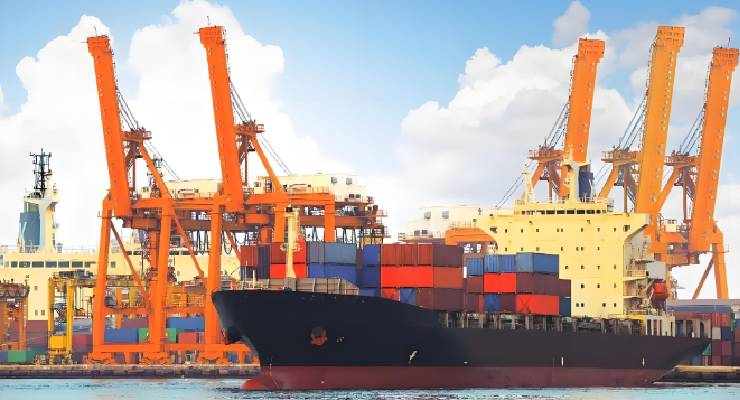
Introduction to other ports in China
Guangzhou Port
Located in the Pearl River Delta, Guangzhou Port is known for its comprehensive port services. In 2019, its throughput exceeded 23 million TEUs.
Major trading partner and strategic importance: The port has extensive trading relations with about 500 ports in more than 170 countries and regions.
Business Background: If your business offers the transportation of a wide range of goods, you will find the extensive port services at Guangzhou Port to be a valuable asset to your logistics strategy.
Port of Tianjin
Tianjin Port, located in north China's Tianjin municipality, has seen sea traffic exceed 16 million TEU in 2019, facilitating international trade.
Major trading partner and strategic importance: It is Beijing's main maritime gateway, connecting China with other Asian countries, Europe, and the Americas (United States, Canada, Mexico, Panama, Brazil, Chile, Colombia, Ecuador, Guyana, Peru, Venezuela, Argentina).
Company background: If your business scope involves the Beijing market, or if your goods meet the needs of the North China region, using the logistics hub role of Tianjin Port can greatly support your logistics strategy.
Port of Qingdao
Qingdao Port is located in Shandong Province, an important economic zone in China. In 2019, the company processed more than 21 million TEUs.
Major trading partners and strategic importance: Qingdao Port mainly trades with Pacific Rim countries, especially those related to food trade.
Business background: If you are looking to strengthen trans-Pacific routes, the port's extensive network and grain handling capacity could be beneficial to your business.
Port of Shanghai
Located at the mouth of the Yangtze River, it plays an important role in China's trade and maritime activities. With 43.3 million TEUs handled in 2019, it is the largest and busiest port in the world.
Major trading partners and strategic importance: Shanghai Port has close trade relations with the United States, Europe, Australia and Africa (Kenya, Nigeria, Algeria, Angola, Djibouti, Ghana, Cote d 'Ivoire, Ethiopia, Libya, Mauritius, Morocco, Tanzania, South Africa, Tunisia) and other countries around the world.
The portal of... Business Background: If you are planning a major foray into the Asian market, especially China and the Pacific region, the Port of Shanghai, with its huge capacity, sustained activity and strong global presence, could become an integral part of your shipping strategy. The Internet.
Ningbo Zhoushan Port
Ningbo Zhoushan, located on the coast of East China Sea in Zhejiang Province, is an important part of China's "One Belt, One Road" strategy. In 2019, the port handled more than 27 million TEUs.
Major trading partners and strategic importance: The port primarily serves the United States, the European Union, Middle Eastern countries (Bahrain, Egypt, Iran, Iraq, Israel, Jordan, Kuwait, Lebanon, Oman, Qatar, Saudi Arabia, Syria, UAE, Yemen) and Australia. It is also home to China's largest oil shipping base and is part of the 21st Century Maritime Silk Road. Business background: If your business involves commodities such as crude oil, iron ore, coal, or trade with the US, EU or Australian markets, then with its extensive shipping capacity, Ningbo Zhoushan Port may be an advantageous point on your trade route.
Port of Shenzhen
Shenzhen Port is located in Guangdong Province, which is known for its active economic activities. In 2019, the shipping volume exceeded 25 million TEUs.
Major trading partner and strategic importance: The port has a strategic trading position with major markets in Europe (Germany, France, Italy, Russia, the Netherlands, Belgium, Spain, Portugal, Turkey, Sweden, Finland, Romania), the United States and East Asia. Business background: If you want to enter the East Asian market, you will find that the vibrant economic environment and large shipping capacity of Shenzhen Port make it an important consideration in your transportation plan.


